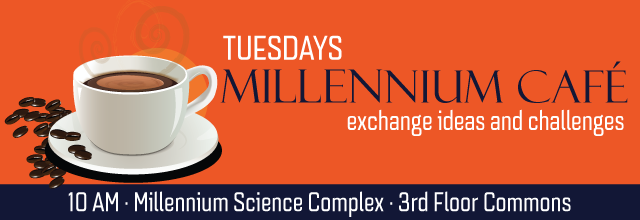Christine Costello | Agricultural and Biological Engineering
Life cycle assessment (LCA) may seem like a recent buzz word, but the idea and techniques have been evolving for fifty years. LCA creates a quantitative inventory of materials and energy across the entire supply chain required to deliver a product, process, or service. The inventory is consolidated and linked to impacts, e.g., climate change, called the impact assessment stage. The goal is to identify opportunities to realize less impactful approaches to delivering the goods and services. I will emphasize how we connect inventory to impact assessment in order to highlight opportunities to improve representation of impacts with high spatial, temporal, and cultural variability. For example, assessing impacts to ecosystem or human health are very challenging, and requires ongoing, close work with scientists who evaluate and define “health” in ecosystems and humans.

